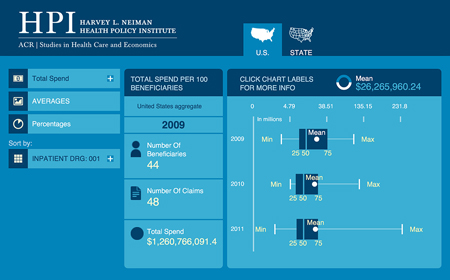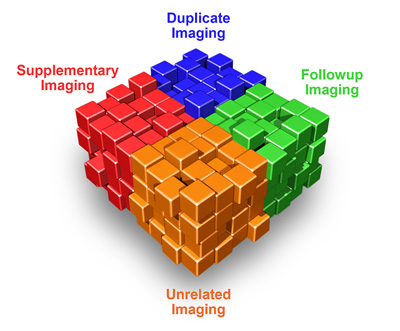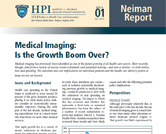January 1, 2021
In the wake of COVID-19, the Harvey L. Neiman Health Policy Institute® studied imaging utilization in different settings over the course of 2020. Read the January 2021 ACR Bulletin Research Rounds column.
December 16, 2015
Neiman Imaging Types of Services (NITOS) codes provide a variable that can be merged into datasets by HCPCS code to identify imaging procedures by modality and anatomic site. This new coding system augments the existing BETOS system for imaging focused studies, and was designed to be usable either in conjunction with or in lieu of BETOS for imaging analyses. Read More
November 7, 2014
This report highlights two emerging models being developed by the Neiman Institute designed to align provision and payment of specialty care with efforts to ensure a sustainable, high quality health care system. Read More
November 7, 2014
HPI researchers propose a classification scheme that organizes repeat medical imaging into cohesive, clinically relevant categories for the research and clinical communities. Read More
November 7, 2014
Medical imaging has previously been identified as one of the fastest growing of all health care sectors. More recently, though, data from a variety of sources reveal a dramatic and sustained slowing—and now a decline—in both utilization and spending. Read More




